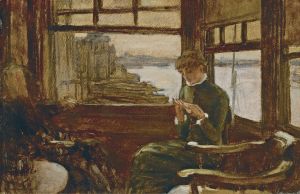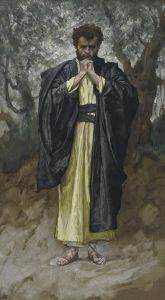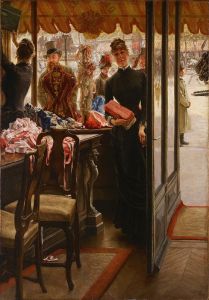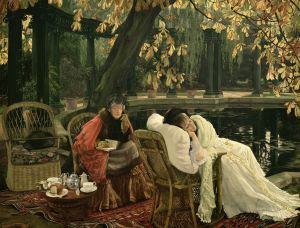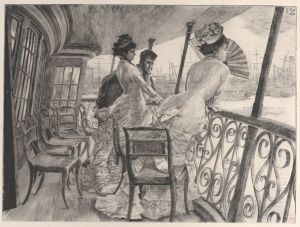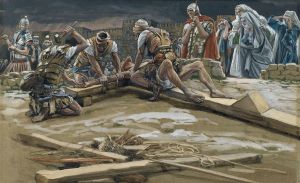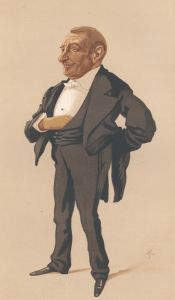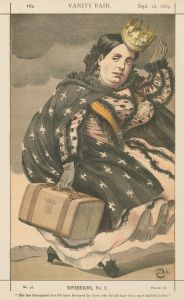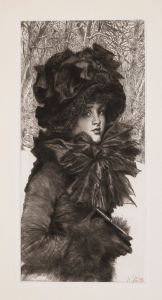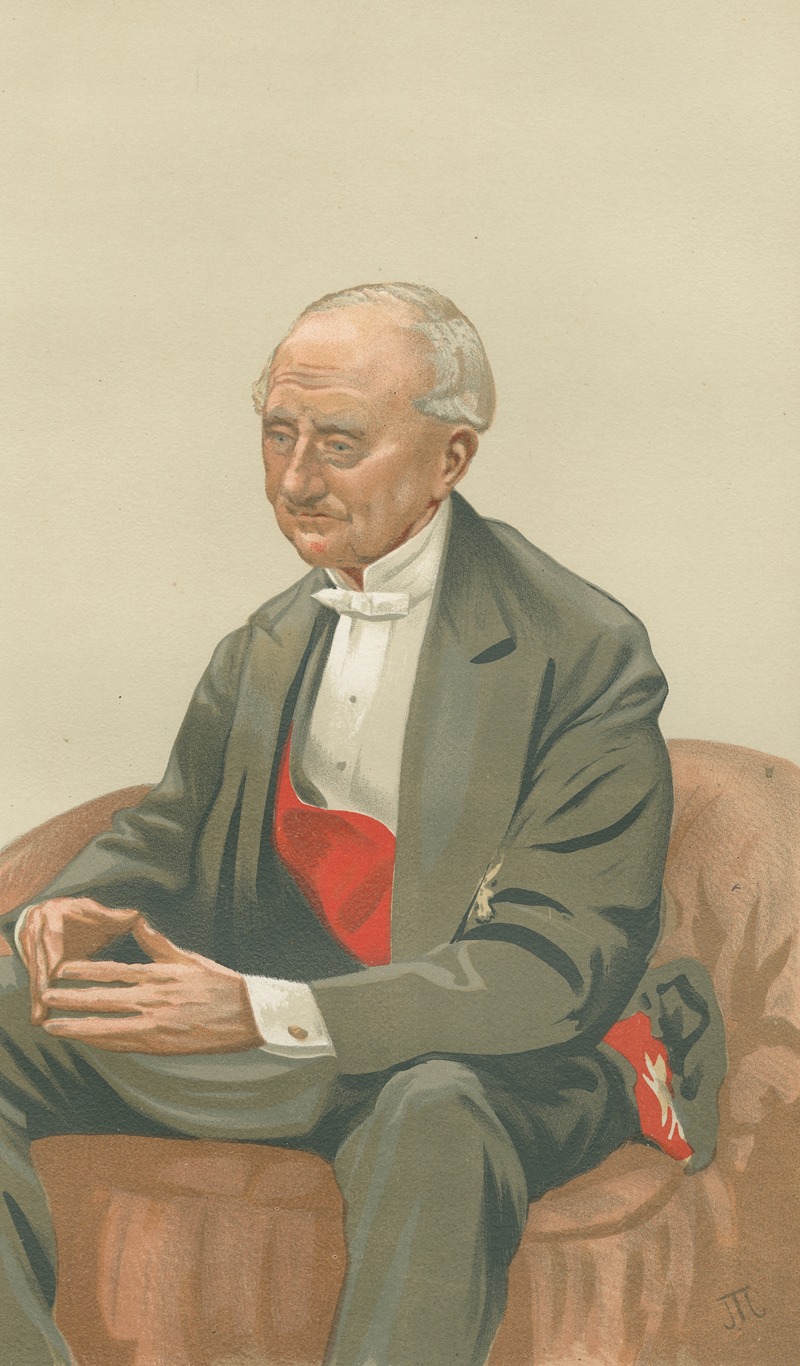
Vanity Fair; Military and Navy; ‘Spanish Ironclads’, Admiral Sir Hastings Reginald Yelverton, June 23, 1877
A hand-painted replica of James Tissot’s masterpiece Vanity Fair; Military and Navy; ‘Spanish Ironclads’, Admiral Sir Hastings Reginald Yelverton, June 23, 1877, meticulously crafted by professional artists to capture the true essence of the original. Each piece is created with museum-quality canvas and rare mineral pigments, carefully painted by experienced artists with delicate brushstrokes and rich, layered colors to perfectly recreate the texture of the original artwork. Unlike machine-printed reproductions, this hand-painted version brings the painting to life, infused with the artist’s emotions and skill in every stroke. Whether for personal collection or home decoration, it instantly elevates the artistic atmosphere of any space.
James Tissot, a renowned French painter and illustrator, created the artwork titled "Vanity Fair; Military and Navy; ‘Spanish Ironclads’, Admiral Sir Hastings Reginald Yelverton" on June 23, 1877. This piece is part of a series of caricatures published in the British magazine Vanity Fair, which was known for its satirical portraits of prominent figures of the time. The magazine, founded by Thomas Gibson Bowles in 1868, aimed to provide a humorous yet insightful commentary on the social and political landscape of the era.
The subject of this particular artwork, Admiral Sir Hastings Reginald Yelverton, was a distinguished officer in the Royal Navy. Born in 1808, Yelverton had a long and notable career, serving in various capacities and rising through the ranks to become an admiral. His service was marked by his involvement in several key naval operations and his contributions to the development of naval strategy during a period of significant technological and tactical change.
The title of the artwork, "Spanish Ironclads," likely refers to the naval arms race and the development of ironclad warships during the 19th century. Ironclads were a revolutionary type of warship, characterized by their iron or steel armor plating, which made them far more resilient in battle compared to traditional wooden ships. The introduction of ironclads marked a significant shift in naval warfare, influencing naval tactics and ship design for decades to come.
Tissot's depiction of Admiral Yelverton in Vanity Fair would have been intended to capture not only the likeness of the admiral but also to convey a sense of his character and status within the naval hierarchy. Vanity Fair caricatures were known for their ability to encapsulate the essence of their subjects, often highlighting notable features or traits in a manner that was both respectful and gently humorous.
James Tissot himself was an artist of considerable talent and versatility. Born in 1836 in Nantes, France, he initially gained recognition for his genre paintings and portraits. Tissot's work was characterized by its attention to detail and its ability to capture the nuances of contemporary fashion and society. His move to London in 1871 marked a new phase in his career, during which he became associated with the Aesthetic Movement and produced a number of works that reflected the cultural and artistic trends of the time.
The artwork of Admiral Yelverton is a testament to Tissot's skill in portraiture and his ability to engage with the social and political issues of his day through art. It serves as a historical document, offering insight into the personalities and technological advancements that shaped the naval landscape of the 19th century.





